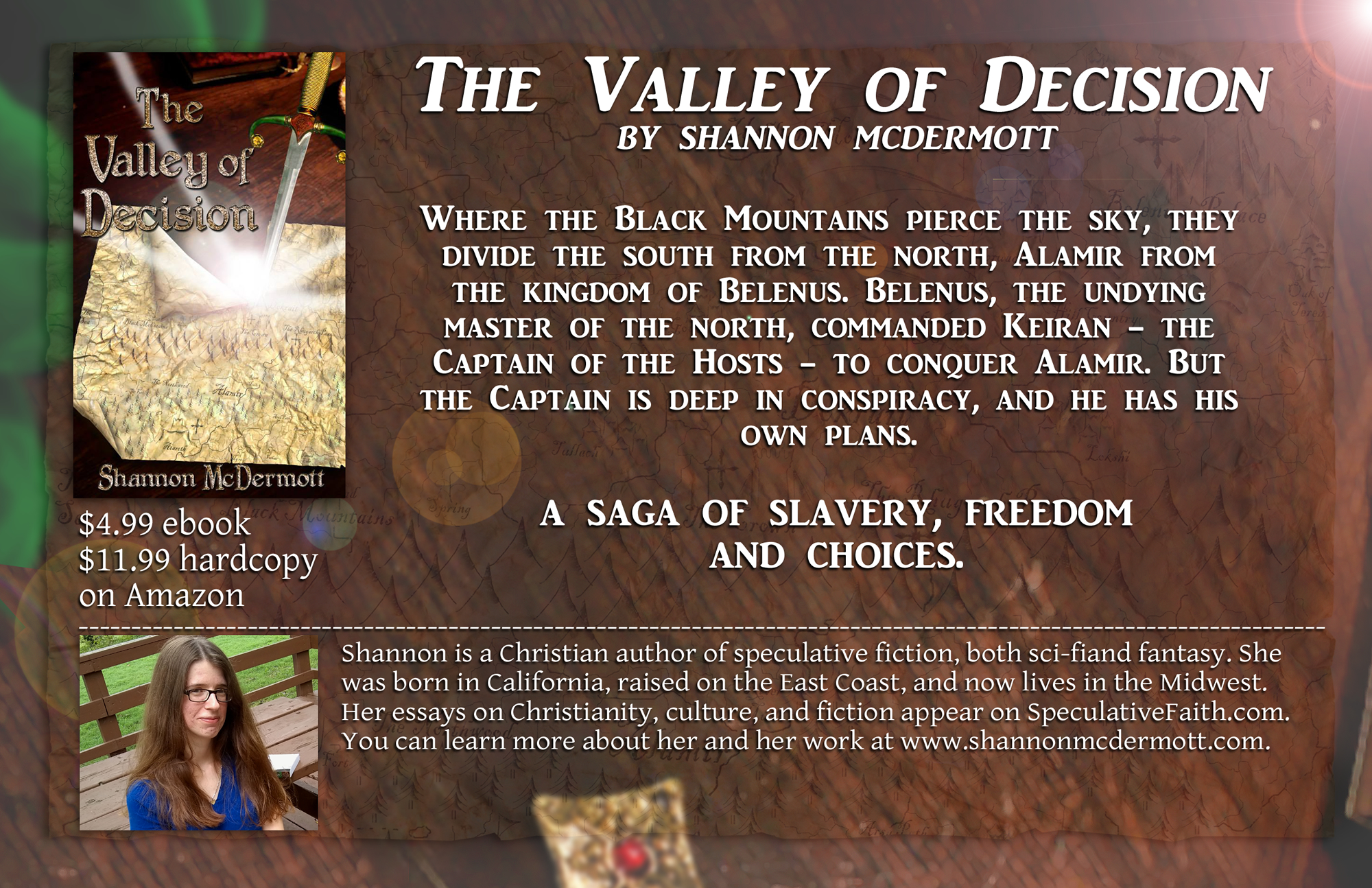‘The Bone House’ Has Elements Of Fantasy, Sci-fi
The universe is big. What’s more, it’s awfully crowded.
It may be hard to tell, but they’re there, just a ley-leap away – countless worlds, people beyond number. Very few people know this; very few have traveled the ley-lines to other dimensions. And those few people are constantly running into each other, often in extremely unfortunate ways.
In The Bone House, second book of the Bright Empires series, Stephen Lawhead continues his grand exploration of the multiverse. Most prominent of the explorers, but by no means the most adept, is Kit Livingstone. He is driven and pulled into adventure by forces greater than himself – the mysterious workings of ley-lines, Lord Burleigh, Wilhelmina Klug.
I read the first book, The Skin Map, and thought it was science fiction, even if unconventional science fiction. It’s strange, then, that The Bone House struck me much more as fantasy. I think it was partially the turn toward Medieval times, with a priest who talked about the tongues of angels; I think it was mainly that the story, for the first time, fully left our world. Earlier it took us to a different London, a different Prague, a different Egypt – but still London and Prague and Egypt, so that this science-fantasy series has a distinct flavor of historical fiction. But The Bone House goes beyond history.
In one area, however, it is thoroughly, classically sci-fi: going crazy with time. Hence we can simultaneously follow the Man Who is the Map and everyone searching for the Map That was the Man, back when he was alive. Lawhead, dealing with multiple dimensions, plays rather loosely with time. Even some of the characters’ storylines are out of order.
The chaotic mixing of dimensions, chronologies, and characters may bother some readers. I enjoyed it. It was intriguing, it kept me on my toes, and it conveyed the bewildering profusion of the multiverse.
But in the jumble of stories and realities, Lawhead asserts purpose and order. Everything, we are told, happens for a reason; all is as it should be – even for those who travel the multiverse. The Bone House was unexpectedly religious, a quiet but steady stream flowing through the book. Yet there was one incident I must raise that, though religious, was not at all Christian. At one point a hero of the book goes to a pagan temple; its priest performs divination for him – and it is absolutely accurate. I leave this for your consideration.
The Bone House is not a story with much speed, but it has a lot of depth. It lingers in distant times and strange places, portraying each one vividly and sometimes beautifully. The characters are also diverse, also well-rendered. They are complete and convincing, even when, like Dorian Wimpole’s scorpion, they are not wholly lovable.
Then there is the series’ great adventure – the exploration of the universe. Walking the ley-lines begins to feel, in this second novel, to be only part of it. The philosophical discussions, the breathtaking climax, the talk of lives bound together and threads woven by a master of the loom – all seem to be driving to what is both at the heart of the universe and beyond it. The Bone House is a work of spreading imagination, of breadth and intrigue – a masterpiece of speculative fiction.




































